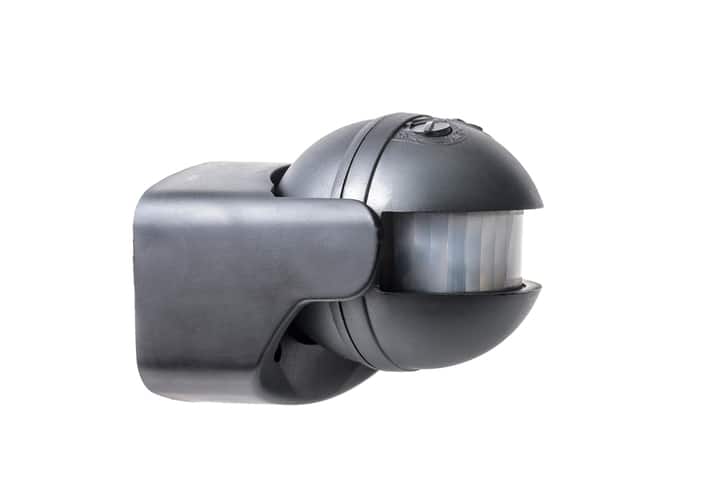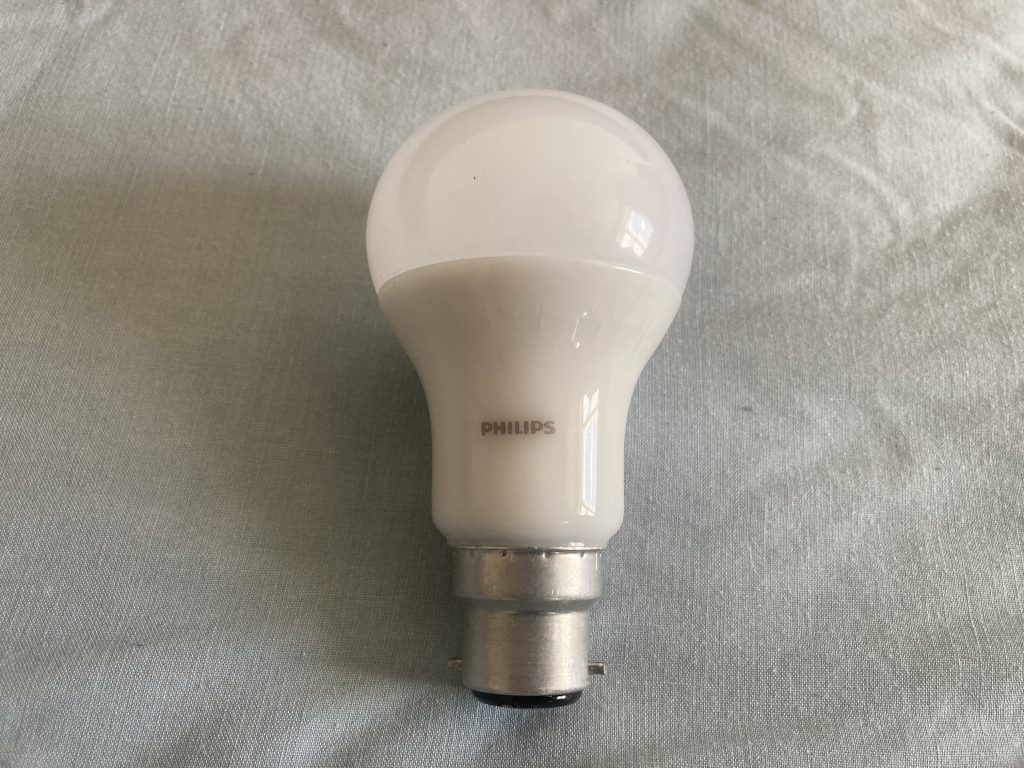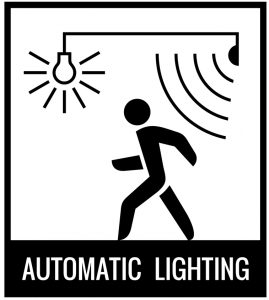Motion sensors make controlling your lights even easier. They’re ideal for outdoor lights since they can activate when you’re arriving at your home, although there are some indoor uses too.
When you’re using a motion sensor, you want to make sure that the bulb is energy efficient. If it’s turning on or off a lot, you don’t waste electricity.
So does that mean LED bulbs are the best bet with motion sensors and are they compatible?
If your motion sensor has an electromechanical relay, any LED bulb will work fine. If the motion sensor has an electronic switch, the sensor might not be compatible with low-wattage LED bulbs as they require a minimum load to power the sensor on the circuit.
In this article I’ll explain:
- Whether motion sensors need a special type of LED bulb
- If smart light bulbs can be used with motion sensors
- The most common issues with LED lights and motion sensors (and how to fix them)
Do Motion Sensors Need Special LED Bulbs?

Most of the compatibility issues between motion sensors and LED bulbs are caused by the motion sensors themselves being unsuitable to use with LEDs.
But what about the bulb – do you need a particular type of LED bulb to work with a motion sensor?
LED light bulbs can be either dimmable or non-dimmable. Dimmable LEDs exist to be used with dimmer switches, as a standard LED won’t work correctly when you reduce the power – it’s either on or off, so it might flicker.
So, should you buy dimmable or non-dimmable LED bulbs to work with a motion sensor?
It doesn’t matter. Either will work because the motion sensor only triggers the bulb on (at full power) or off.
If your LED bulbs are having trouble working properly with your motion sensor, it’s more likely that you need to replace the sensor with an LED-compatible one, or revert back to a more inefficient type of bulb instead of LED.
Can Smart Bulbs Work With Motion Sensors?

Smart light bulbs are becoming more and more popular. So if you have a motion sensor, can you replace your bulb with a smart one?
You absolutely can – but you might encounter some issues.
Firstly though, ask yourself why you want to use a smart bulb in a fitting connected to a motion sensor?
If you want to take advantage of a smart bulb’s other features – changing the color or setting up clever routines with your other smart devices – then it would make sense to consider a smart bulb.
But if you only care about having your lights triggered by motion, then don’t buy smart lights for that. Your motion sensor will work with non-smart LEDs.
You’ll have fewer issues, you won’t add an unnecessary load to your WiFi network, and smart bulbs are pricey too.
If you want to use smart bulbs, you might have trouble getting the motion sensor to work correctly.
That’s because the app on your phone might be overriding the motion sensor. It’s the same issue with dimmer switches and smart lights – tech that is arguing.
So you might have told your phone that you want the light off, but the motion sensor detects movement and tries to turn it on – it might fail, as the bulb has the last command from the app to stay switched off.
The motion sensor also cuts the power from the circuit where the bulb is operated off unless the movement is detected.
It will make it impossible to control your smart bulb via the app, as smart light does require power to operate even when switched off.
If you’re using a traditional motion sensor, it would probably make sense to stick to non-smart bulbs.
The exception is if you buy a smart motion sensor. These are often battery-powered, so you can place them anywhere and then connect them to your smartphone or tablet and let you set up custom options for your lights.
If you like the idea of color-changing bulbs, or a system you can control from one place or even with your voice, then combining smart bulbs and a smart motion sensor could be ideal.
What Are The Most Common Compatibility Issues?

So far, I’ve established that you don’t need special bulbs when combining LEDs and motion sensors and that smart bulbs are best avoided.
But none of this so far explains why motion sensors and LEDs just sometimes don’t get along.
There are several common problems when using LEDs and motion sensors, but the most prevalent is flickering light.
LEDs sometimes have issues with flickering when the circuit isn’t tailored to them, and a motion sensor often causes problems.
Here’s why: a motion sensor needs power too. And if the motion sensor is running in-line with the bulb, it will constantly be drawing power through the circuit.
The amount will be minimal, but with LEDs, it’s enough to cause them to switch on and off.
Not all motion sensors are wired in line with a bulb, though. Some have their own neutral connection, particularly those which have an electromechanical relay.
These have a physical wired connection that, when triggered by motion, clicks into place and completes the circuit for the bulbs. You can literally hear it when it’s triggered.
It’s more modern sensors that have electronic switches that instead have more issues. Some sensors simply aren’t compatible with LEDs.
If your motion sensor causes LED bulbs to flicker, you can either replace the sensor with one that states it works with LED bulbs, or you can swap out the lights to bulbs that require a higher power draw to work, and that will therefore ignore the power leak caused by the sensor’s own draw.
There is a middle ground, but it isn’t ideal – if you have multiple bulbs on the circuit, you may only need to replace one with an incandescent bulb, as long as it’s in parallel.
Doing this should allow the current to divert through the incandescent bulb without triggering the LED’s flickering. If it’s in a series circuit, then the benefit is negated.
It’s also worth adding that if you buy cheap LEDs, they might flicker even with the right motion sensor and circuit wiring.
That’s just because cheap LEDs can be poorly made. Always buy a reputable, quality bulb; otherwise, any problems could just be down to the build quality failing.
While flickering is the most common issue, sometimes the bulbs may not switch on at all. Usually, the sign of a faulty sensor or they might stay on once triggered.
Most problems can be resolved by upgrading your sensor to one that’s compatible with LEDs.
Final Words
LEDs offer so many benefits over older bulb types that they’re usually the preferred choice.
But with motion sensors, there are some compatibility issues that, just down to how the technologies work, don’t quite mesh, and something has to give.
Replacing the motion sensor with an LED-friendly one is the best solution if you can, but if that’s not an option, then you may need to stick with a less efficient type of bulb.
Have you had any issues with your outdoor lighting, or just from flickering LEDs in general? How did you resolve it?
Let me know in the comments.
Looking for an LED bulb but not sure what type you need?
Check out my free bulb picker and select the right bulb within few clicks.


Comments are closed.